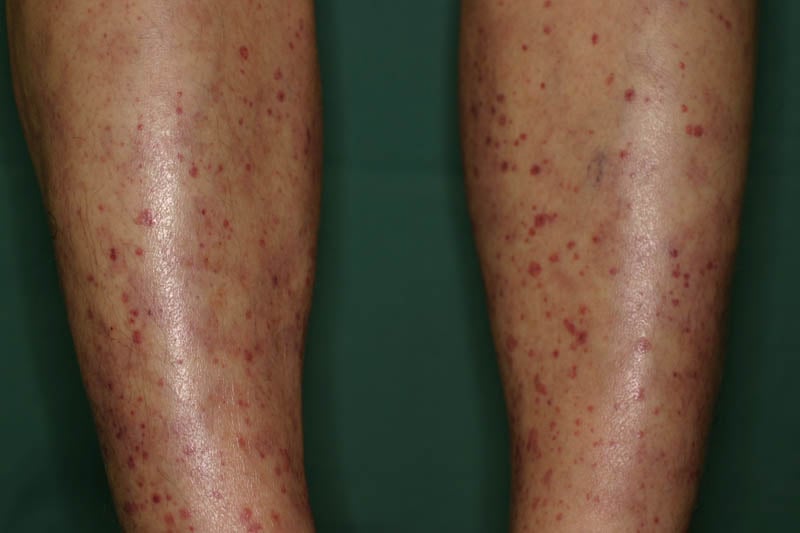Microscopic polyangiitis (MPA) is a rare but serious autoimmune disease characterized by inflammation of small blood vessels, leading to organ damage. It is a type of ANCA-associated vasculitis (AAV) that primarily affects the kidneys, lungs, and nervous system. Unlike granulomatosis with polyangiitis (GPA), MPA does not form granulomas.

Causes and Risk Factors
The exact cause of MPA remains unknown, but it is believed to be an autoimmune disorder in which the body’s immune system mistakenly attacks its own blood vessels. Several factors may contribute to its development:
- Genetic predisposition – Family history of autoimmune diseases may increase risk.
- Environmental triggers – Exposure to certain infections or drugs may initiate an abnormal immune response.
- ANCA antibodies – The presence of anti-neutrophil cytoplasmic antibodies (ANCA) plays a key role in MPA pathogenesis.
Symptoms of Microscopic Polyangiitis
MPA symptoms vary depending on the organs affected. The disease can develop gradually or present as a rapidly progressing illness. Common symptoms include:
General Symptoms:
- Fatigue
- Fever
- Unexplained weight loss
- Muscle and joint pain
Organ-Specific Symptoms:
- Kidneys: Rapidly progressive glomerulonephritis leading to kidney failure
- Lungs: Shortness of breath, coughing up blood (hemoptysis)
- Skin: Purpura (red or purple spots), ulcers
- Nerves: Numbness, tingling, muscle weakness
Diagnosis of MPA
Early diagnosis is crucial to prevent organ damage. MPA is diagnosed using a combination of clinical findings, laboratory tests, and imaging studies.
Diagnostic Tests:
- Blood Tests: Detection of ANCA antibodies (P-ANCA/MPO-ANCA)
- Urinalysis: Identifies proteinuria and hematuria
- Imaging: CT scan or chest X-ray for lung involvement
- Tissue Biopsy: Confirms vasculitis in affected organs
Treatment Options for MPA
Treatment aims to suppress the immune system and reduce inflammation. Therapy is usually divided into two phases: induction (to control the disease) and maintenance (to prevent relapse).
Induction Therapy:
- Corticosteroids (Prednisone) – Reduces inflammation rapidly
- Immunosuppressants (Cyclophosphamide or Rituximab) – Controls autoimmunity
- Plasma Exchange (PLEX) – Used in severe cases with kidney involvement
Maintenance Therapy:
- Azathioprine or Methotrexate – Prevents relapse after induction therapy
- Low-dose corticosteroids – Continued to prevent recurrence
Supportive Care:
- Blood pressure management
- Regular kidney function monitoring
- Pneumocystis pneumonia (PCP) prophylaxis with antibiotics
Prognosis and Long-Term Outlook
MPA is a chronic condition that requires lifelong monitoring. With prompt diagnosis and effective treatment, remission can be achieved. However, relapses are common, and long-term immunosuppressive therapy may be needed. Potential complications include:
- Kidney failure requiring dialysis or transplantation
- Lung fibrosis leading to respiratory difficulties
- Neuropathy affecting daily activities
Microscopic polyangiitis is a serious but treatable condition with early intervention. Understanding its symptoms, causes, and treatment strategies is crucial for effective management. Patients should work closely with healthcare providers to ensure long-term disease control and minimize complications.

